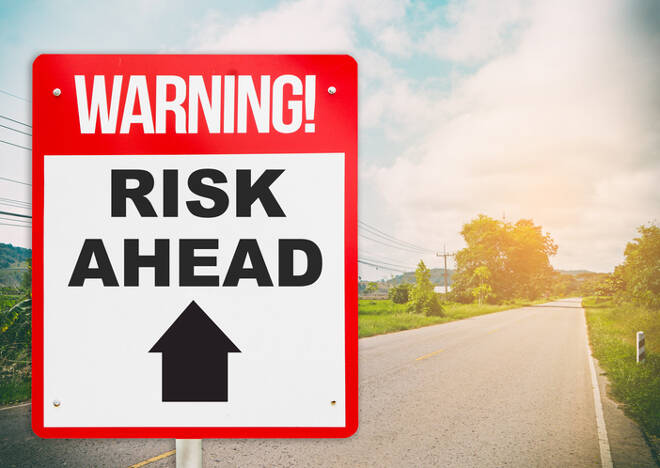Advertisement
Advertisement
US Equity Markets: After Dodging Risk in 2019, Investors Should Prepare for Heightened Volatility in 2020
By:
Don’t be surprised if volatility remains at heightened levels throughout the year. Last year, stock market investors dodged a bullet. There were no 10% corrections in the U.S. indexes. That may change in a hurry this year with the impact of the escalation in U.S./Iran tensions.
The major U.S. stock indexes finished slightly lower last week, grinding out fresh record highs then giving it all back on concerns over rising tensions between the U.S. and Iran following a U.S. airstrike in Iraq that killed a prominent Iranian general. The jump in geopolitical risks in the Middle East was also the catalyst behind a 3% rise in crude oil prices.
In the cash market, the benchmark S&P 500 Index settled at 3234.85, down -0.2%. The blue chip Dow Jones Industrial Average finished at 28634.88, unchanged and the technology-based NASDAQ Composite Index closed at 9020.77, up 0.2%.
A whole lot of complacency (What me worry?) combined with rising geopolitical uncertainties is likely to lead to a period of heightened volatility and a short-term correction, but strong economic fundamentals and monetary policy should guide investors through the turmoil.
Investors should also note that the new year began in unusual fashion. On January 2 the benchmark 10-year Treasury note, gold and the major stock indexes rose. On January 3, however, stocks plunged and gold and Treasurys continued higher in response to the airstrike in Iraq.
Over the course of 2020, we expect the stock market to outperform both gold and Treasurys. We’re seeing the influence of the rise in geopolitical uncertainty early in the year, but over the long-run, solid economic news and corporate fundamentals and earnings should help stocks outperform those assets.
We’re looking for very little stimulus from the major central banks with interest rates already at low levels. Last year, central bank stimulus and interest rate cuts helped support the stock market, but this year, we may even see rates rise slightly if the global economy continues to improve.
Additionally, don’t be surprised if volatility remains at heightened levels throughout the year. Last year, stock market investors dodged a bullet. There were no 10% corrections in the U.S. indexes. That may change in a hurry this year with the impact of the escalation in U.S./Iran tensions.
Try to think of Friday’s price action as a microcosm of possible events in 2020. Professional investors aren’t stupid. They know there is risk in the market, but they may have been lulled into thinking all is right in the world when the U.S. and China agreed to Phase 1 of the trade deal in mid-December.
Reality hit the markets on Friday, and professionals acted accordingly. They trimmed their stock market exposure and bought Treasurys, Japanese Yen and gold as protection. They’re likely to “wash, rinse and repeat” if conditions continue to call for such a move. This could lead to bouts of volatility, however, we were already anticipating volatility because it was basically absent last year.
Professionals will price in expectations of heightened volatility as well as risk events. This is why we expect the geopolitical events to have a temporary effect on the markets, and the fundamental and corporate news to continue to be supportive.
Essentially, throughout 2020, we’re likely to see a tug of war between “episodic” volatility due to the geopolitical risk in the Middle East, Brexit, trade relations and the U.S. elections and persistent, solid macroeconomic fundamentals.
About the Author
James Hyerczykauthor
James Hyerczyk is a U.S. based seasoned technical analyst and educator with over 40 years of experience in market analysis and trading, specializing in chart patterns and price movement. He is the author of two books on technical analysis and has a background in both futures and stock markets.
Advertisement
